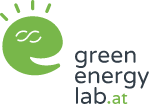Green Energy Lab and AEE INTEC pool expertise for the heat transition
The Green Energy Lab research initiative and AEE – Institute for Sustainable Technologies are jointly driving forward the development of solutions for the heat transition.
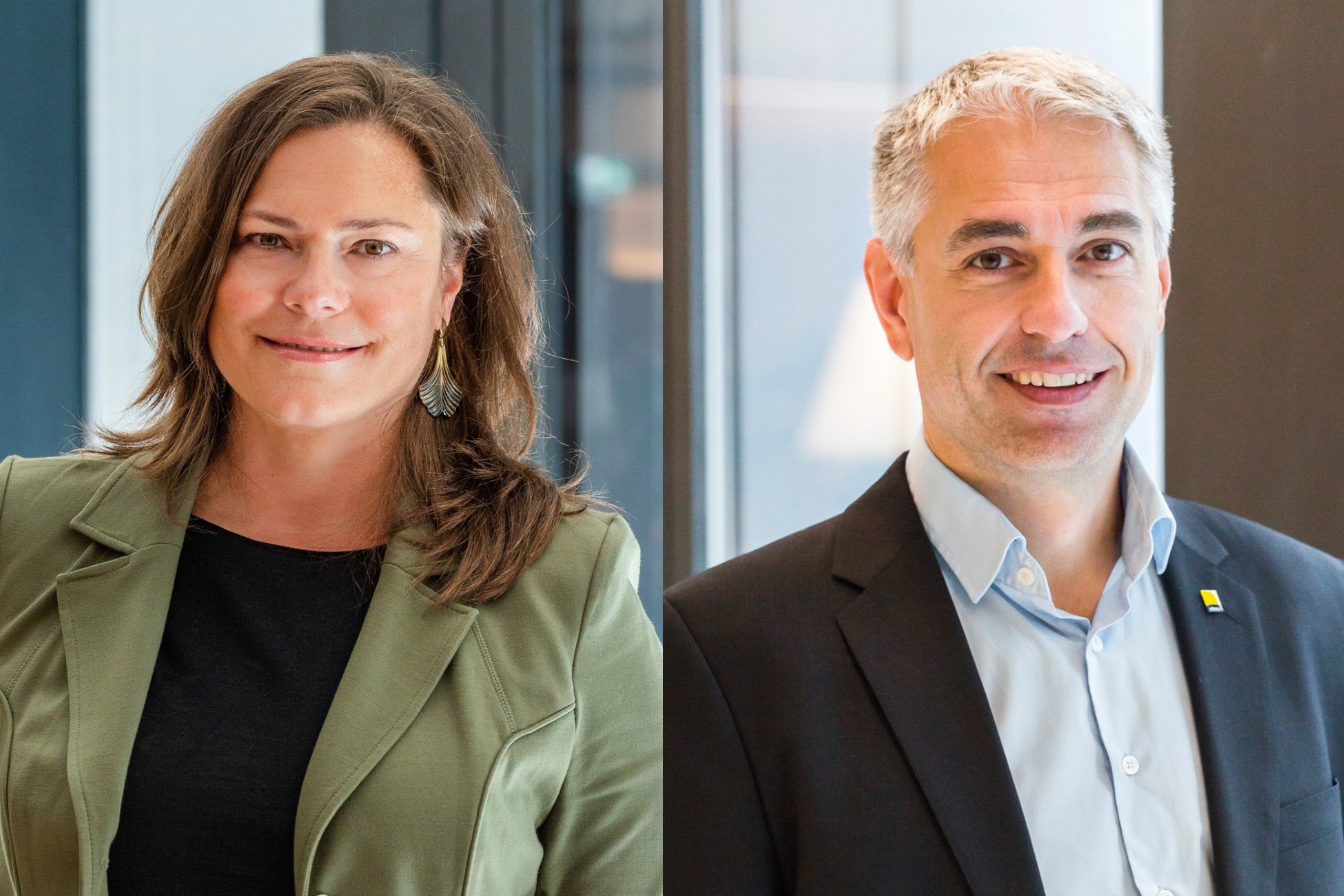
Andrea Edelmann, Chairwoman and Spokeswoman of the Board of Green Energy Lab (left), Christian Fink, Managing Director of AEE INTEC (right) © Green Energy Lab / Stephanie Weinhappel
Vienna, 15 May 2025 – Green Energy Lab and AEE – Institute for Sustainable Technologies (AEE INTEC) have long been linked by their common endeavour to advance the energy transition through research and development of technological solutions and innovative business models. A particular focus of the joint activities is on the transformation of the heating and cooling sector.
In Austria, the provision of heat is responsible for around half of final energy consumption. At the same time, this energy requirement is mainly covered by fossil fuels such as heating oil or natural gas. If the energy transition is to be achieved in order to cut CO₂ emissions and reduce dependence on energy imports, the decarbonisation of the heating and cooling supply is a high priority. To support and accelerate this process, Green Energy Lab is working closely with AEE INTEC as part of the “Vorzeigeregion Energie (Flagship Region Energy)” funding programme of the Climate and Energy Fund. In the future, these key players in energy innovation want to cooperate even more closely for a sustainable heating and cooling supply in Austria.
Concentrated competence for research and development
Green Energy Lab and AEE INTEC have a wealth of experience in researching and developing sustainable energy solutions. Green Energy Lab was founded by the energy companies Wien Energie, EVN, Burgenland Energie and Energie Steiermark. It is an unprecedented cooperation between market-oriented companies and the public sector in the field of applied energy research. Green Energy Lab operates the largest innovation laboratory for sustainable energy solutions in Austria and coordinates over 50 cooperative research and innovation projects with a total investment volume of 150 million euros.
“Applied research lays the foundation for a successful transformation of the energy system in order to cut emissions and reduce dependence on fossil fuels, particularly in the heating supply. Innovations for sustainable heating and cooling make an important contribution to the resilience of our energy system and to the security of supply. The exchange and transfer of knowledge between researchers, practitioners and players from the energy sector is essential so that developed solutions can be implemented and scaled up quickly,” says Andrea Edelmann, Chairwoman and Spokeswoman of the Board of Green Energy Lab.
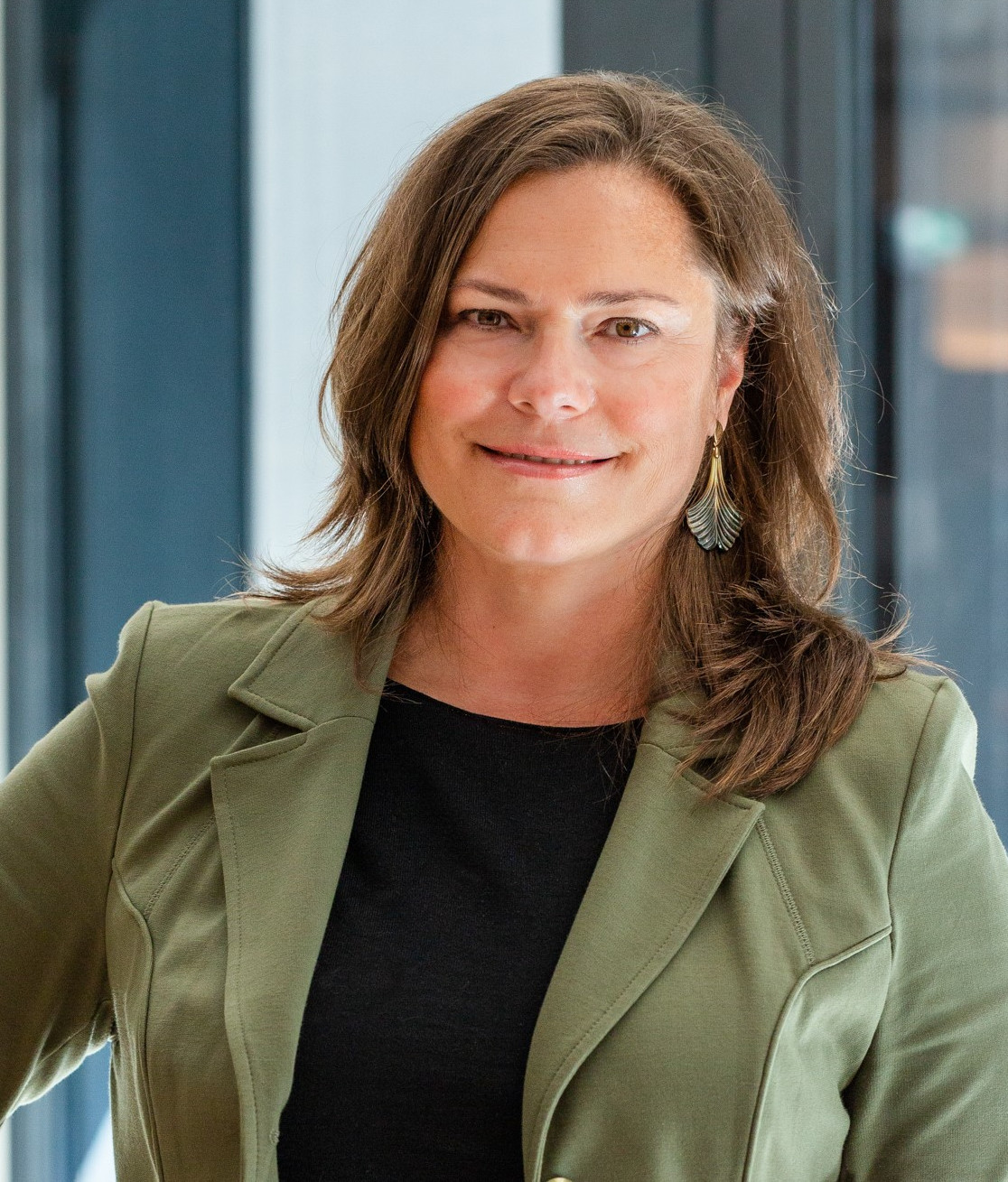
Andrea Edelmann, Chairwoman and Spokeswoman of the Board
of Green Energy Lab © Green Energy Lab / Stephanie Weinhappel
Numerous projects in Green Energy Lab are managed by AEE INTEC. The expertise of this non-university research institution with around 90 employees lies in the development of new technologies and their system integration – including for the entire heating and cooling sector. The research spectrum ranges from developments in the building sector and the manufacturing industry to the supply of building clusters, neighbourhoods, cities and regions. At the technological level, developments and optimisations are being pursued in the area of energy efficiency improvement (highly efficient thermal refurbishment, waste heat utilisation, process intensification, etc.). In the area of conversion technologies, the development focus is on solar energy, heat pumps, the conversion of electricity into hydrogen (including reconversion into electricity) and the material and chemical storage of electrical energy (P2H2P and P2X).
The research work also focuses on grid-based heating and cooling supply (local and district heating networks, low-temperature and anergy networks) and the development of technologies for energy flexibility (storage of heating and cooling, demand side management, intelligent controls). The development of new methods and approaches for municipal spatial energy planning, the circular economy, urban symbioses and climate change adaptation round off the range of work.
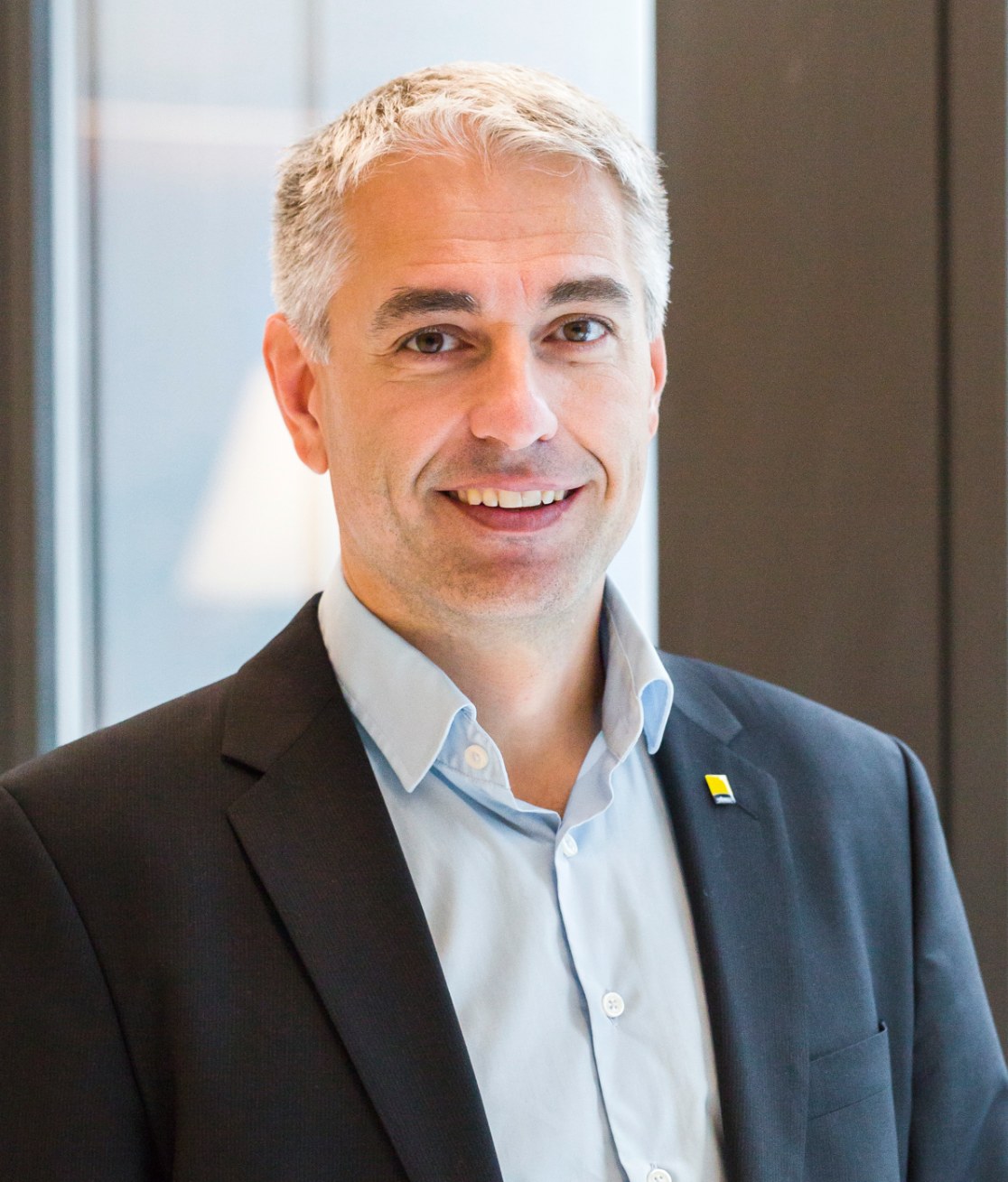
Christian Fink, Managing Director of AEE INTEC
© Green Energy Lab / Stephanie Weinhappel
“The annual outflow of value added to other economic regions due to the use of fossil fuels has been in the double-digit billion euro range for Austria for many decades. This situation can only be improved or completely reversed through the consistent and targeted generation of innovation in the energy sector. The heating and cooling sector offers immense leverage here and at the same time has great potential for achieving regional energy and technology sovereignty and thus making our business location more attractive,” says Christian Fink, Managing Director of AEE INTEC.
Solutions for a sustainable future of heating
Green Energy Lab and AEE INTEC have been working together for many years to develop solutions for a sustainable heating future, for example in the award-winning large-scale research project “ThermaFLEX”. The methods used there to increase efficiency and integrate renewable energies into district heating systems are pioneering in Austria and beyond. For example, the residual heat in wastewater from the sewer and from a sewage treatment plant was utilised, the integration of solar thermal systems into grid-connected heat supply systems was tested and the thermal energy from the flue gas of a waste incineration plant was also used for the district heating supply. The project received the “Energy Globe Award Austria” for these model solutions for decarbonising the heat supply.
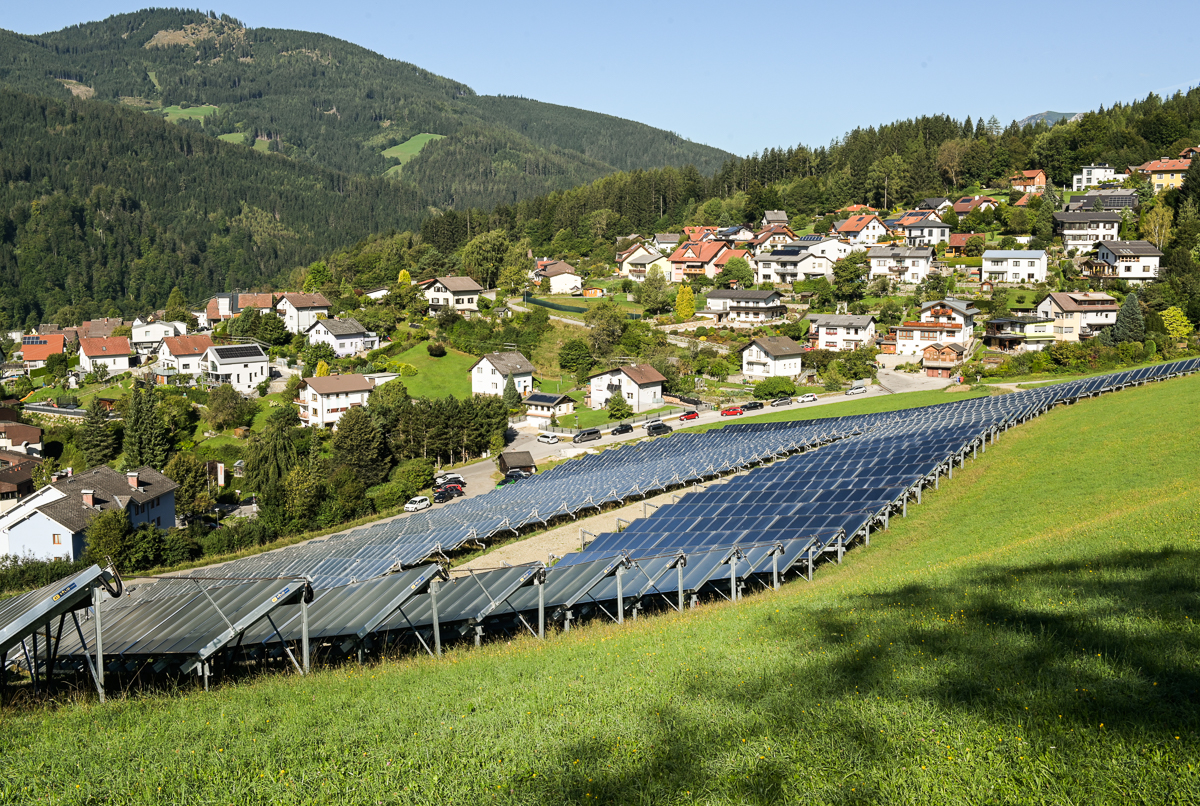
In Mürzzuschlag in Styria, the integration of a large-scale solar thermal system
into a grid-connected heat supply system was implemented and trialled. © SOLID / Podesser
Almost one in four households in Austria is now connected to a heating network. Wien Energie operates one of the largest district heating systems in Europe in the Austrian capital. The city aims to become climate-neutral by 2040, with space heating and hot water in buildings to be provided exclusively from renewable sources. In order to achieve this, excess heat produced in the summer must be carried over into the winter. This requires correspondingly large storage tanks. The “ScaleUp” project is working on the realisation of a large underground heat storage facility in order to set up a pilot plant in an urban area for the first time. This works like a huge thermos flask that is located below the earth’s surface and can store large quantities of hot water. Another option for seasonal heat storage is underground cavities, known as aquifers or thermal water lenses. Wien Energie is also researching and developing their utilisation as part of Green Energy Lab.

A high-temperature large-scale heat pump at the Vienna Spittelau waste incineration plant
provides an additional 16,000 households with a sustainable district heating supply.
© Wien Energie / Johannes Zinner
Energy storage is also a key issue for EVN in Lower Austria. One of Europe’s largest heat storage facilities with a capacity of around 50,000 cubic metres is located in Theiss. It is a cylindrical tower with a diameter of 50 metres, which is filled up to 25 metres high with hot water. It serves as a storage facility for the Krems district heating network. The plant in Theiss was recently expanded into an innovative hybrid storage system. To this end, EVN added an electrical battery storage system with a capacity of six megawatt hours to the thermal storage system. This corresponds to the daily electricity consumption of more than 600 households. This battery storage system was combined with a newly installed large-scale photovoltaic system and an electric heating system. Depending on weather conditions and demand, electrical energy can now be generated and stored for the power grid or – in the event of surplus electricity – converted into heat. Innovative methods of artificial intelligence enable optimal operation. As part of Green Energy Lab, TU Wien, EVN and the Austrian Institute of Technology (AIT) are also developing and testing advanced forecasting concepts for photovoltaic energy generation and intelligent monitoring concepts for the storage system.
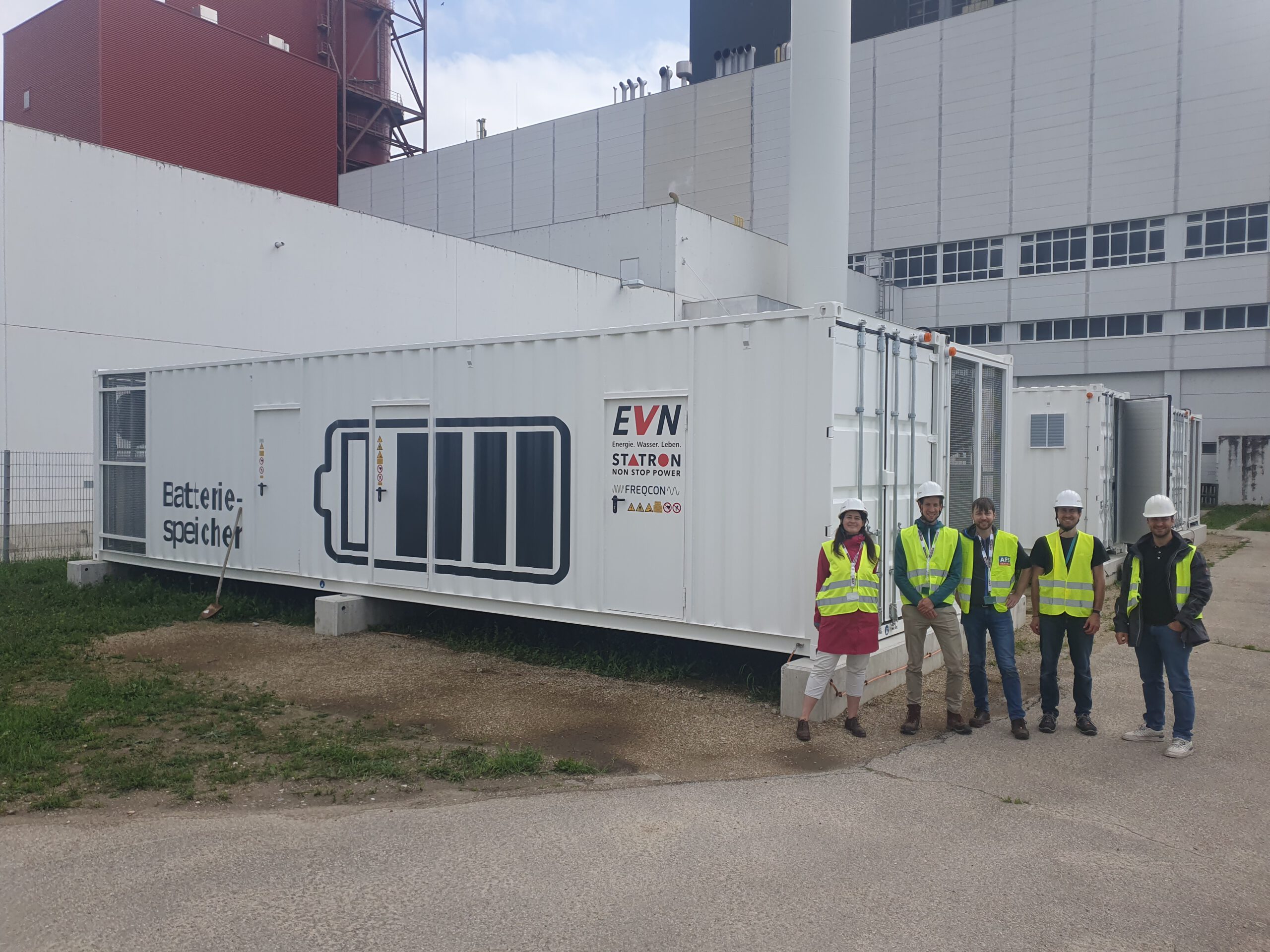
One of the largest heat storage facilities in Europe is located in Theiss in Lower Austria.
The thermal storage system was supplemented by an electrical battery storage system with a
capacity of 6 MWh to create an innovative hybrid storage system. © Green Energy Lab
Energie Steiermark is also working on seasonal energy storage together with AEE INTEC in the “FlexModul” project. The aim is to develop and demonstrate an innovative, modular and compact sorption storage system, a so-called thermochemical storage system. This technology is characterised by high energy storage density and flexibility, low losses and easy handling for building applications. Thanks to its modular design, a sorption storage system is easily scalable and can be adapted to various applications in the heat and electricity sector. Long-term energy storage is possible with virtually no losses. One application is the seasonal storage of solar energy for a single-family house. Surplus energy from the building’s own photovoltaic system can thus be stored from summer to winter, enabling an almost hundred percent supply of solar energy. Electrical energy can also be converted into heat using a power-to-heat storage concept.
Balancing load peaks in the electricity grid is a key issue for Burgenland Energie. The Pannonian Plain is characterised by numerous wind power plants. While this wind power now makes a significant contribution to sustainable energy production in Austria, its availability cannot be controlled. There are times when the electricity generated cannot be utilised and the wind turbines therefore have to be switched off. Valuable and completely emission-free energy production therefore remains unutilised. This is precisely where the “Hybrid district heating Neusiedl” project comes in. Burgenland Energie has connected the nearby wind farm to the district heating network of Neusiedl am See in order to be able to utilise wind power even when it is not needed in the electricity grid. There, the electricity can be converted into heat using powerful heat pumps – a prime example of intelligent sector coupling, which will be indispensable for a successful energy and heat transition.
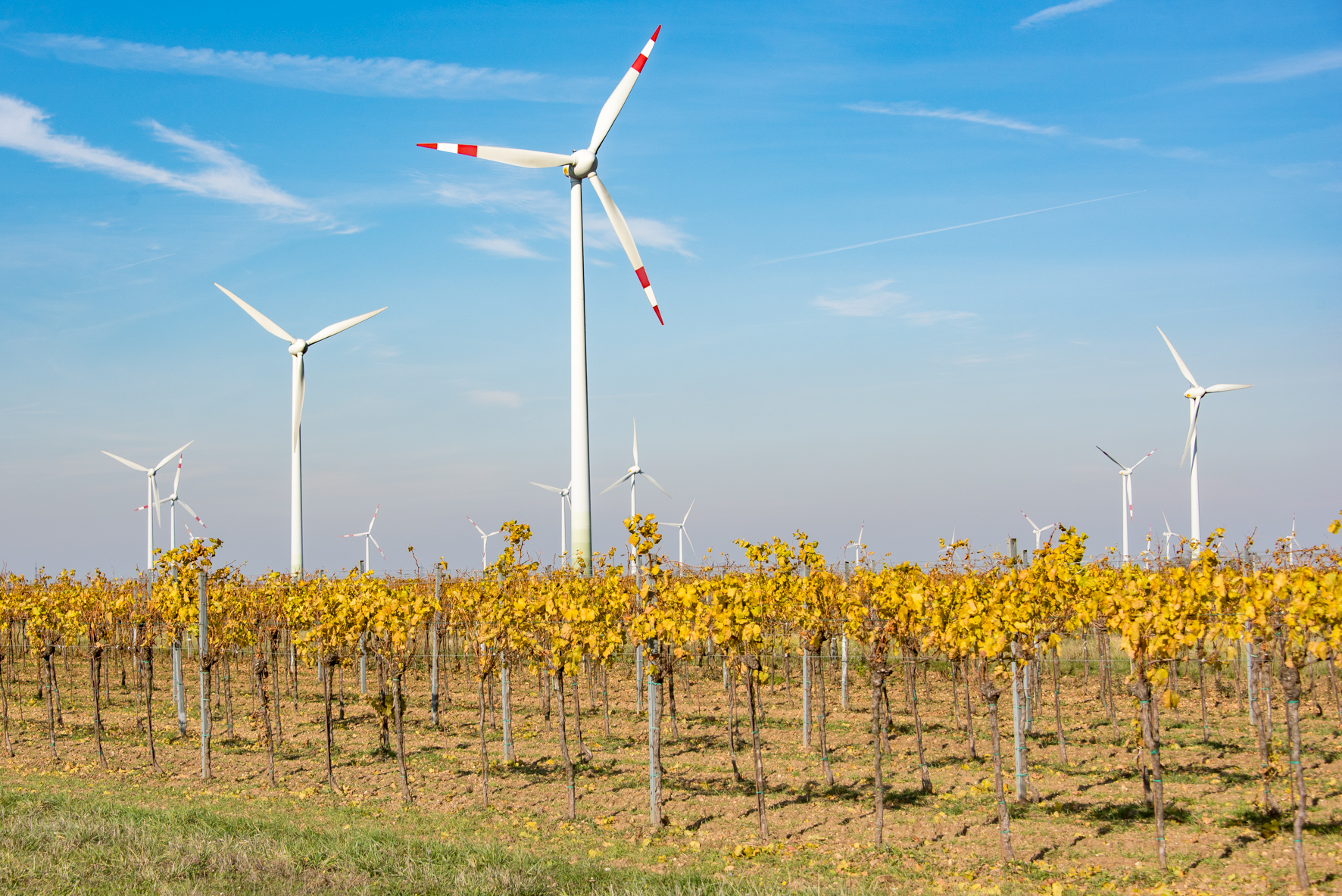
Sector coupling: Thanks to innovative heat pump technology, sustainable wind power can be
used to generate district heating in Neusiedl am See when it is not needed elsewhere
in the grid. © Burgenland Energie
A broad alliance for innovation
The Green Energy Lab’s Innovator Circle consists of over 350 companies and institutions from market-oriented research, business and the public sector. These include well-known technology companies such as Infineon, Siemens, Jenbacher, Herz and Rabmer Technologies, the large construction groups Strabag and Porr, energy companies as well as renowned universities and non-university research institutions.
Many members of the Innovator Circle are actively involved as project partners in the open innovation process at Green Energy Lab. For example, the Austrian Institute of Technology (AIT) is conducting research as part of the “DeRiskDH” project to solve the challenges associated with integrating alternative heat sources into district heating networks. The aim is to minimise the associated high investment costs and uncertainties with regard to energy prices, the availability of alternative heat sources and seasonal storage as well as the implementation of retrofitting and optimisation measures.
Güssing Energy Technologies and Ateria are also pioneers in the digitalisation of municipal heating networks, creating digital images of district heating networks for simulation purposes in the “DOPPLER” project. These “digital twins” of the heating networks can be used in a variety of ways. They serve as a basis for optimising operation and reducing energy losses in the network. They also help with the planning and further development of district heating systems: The connection of new generation plants and additional heating customers can be simulated. This also simplifies the integration of alternative heat sources – such as the utilisation of waste heat from industrial plants. Computer-aided simulations can be used to prepare and expand the network in a targeted manner.
When it comes to planning, the Salzburg Institute for Spatial Planning (SIR) also plays a leading role. As part of the “Spatial Energy Planning” project, energy data was linked with high-resolution maps in the geoinformation system so that relevant information on energy supply at property level can be called up at the touch of a button. What was initially developed in Salzburg, Styria and Vienna is now being rolled out across Austria and serves as a prime example for energy and heat planning throughout Europe and beyond.
About Green Energy Lab
The Green Energy Lab research initiative is an association and incubator for applied research and innovation in the field of renewable energy and heating solutions. The founding members are four of Austria’s major energy providers: Energie Steiermark, EVN, Wien Energie and Burgenland Energie. The focus of the association’s activities is on the development, implementation and system integration of energy innovations bridging the gap between technology development and the market. Since 2018, Green Energy Lab has been operating Austria’s largest innovation laboratory for a sustainable energy future as part of the “Vorzeigeregion Energie (Flagship Region Energy)” funding programme of the Austrian Climate and Energy Fund.
About AEE INTEC
AEE – Institute for Sustainable Technologies (AEE INTEC) was founded in 1988 and is today one of the leading European institutes of applied research in renewable energy and resource efficiency with over 90 employees. In the three target group areas “Buildings”, “Cities & Grids” and “Industrial Systems” as well as three technological working groups “Renewable Energies”, “Thermal Storage” and “Water and Process Technologies”, the R&D projects carried out range from basic research projects to the implementation of demonstration plants. AEE INTEC has been a member of Austrian Cooperative Research – ACR since 2015.
Contact
Ludwig Fliesser
Communications Manager
T: +43 676 471 93 47
E: ludwig.fliesser@greenenergylab.at
